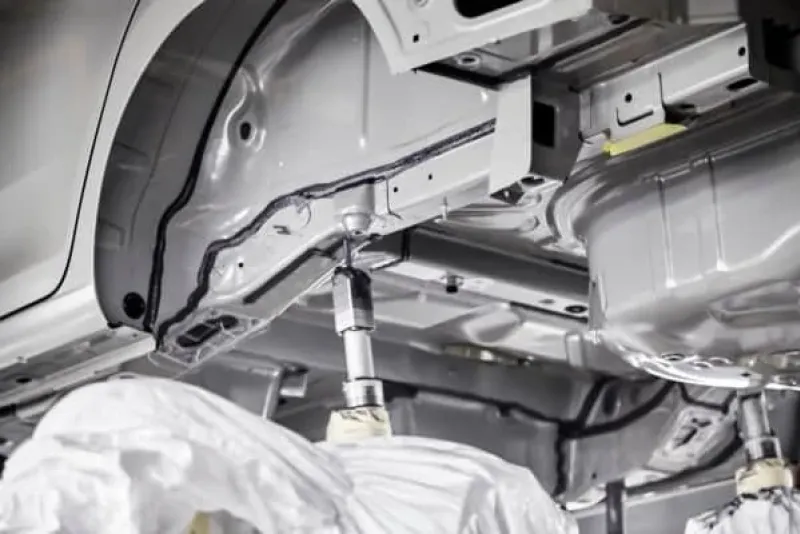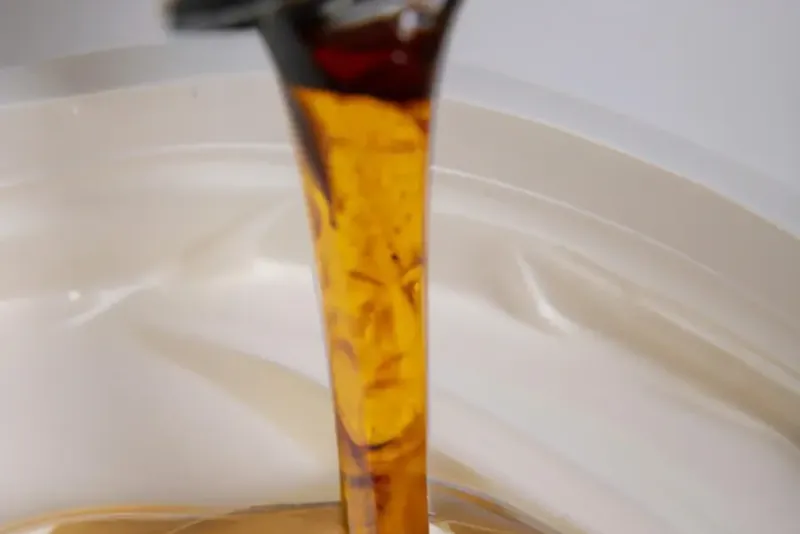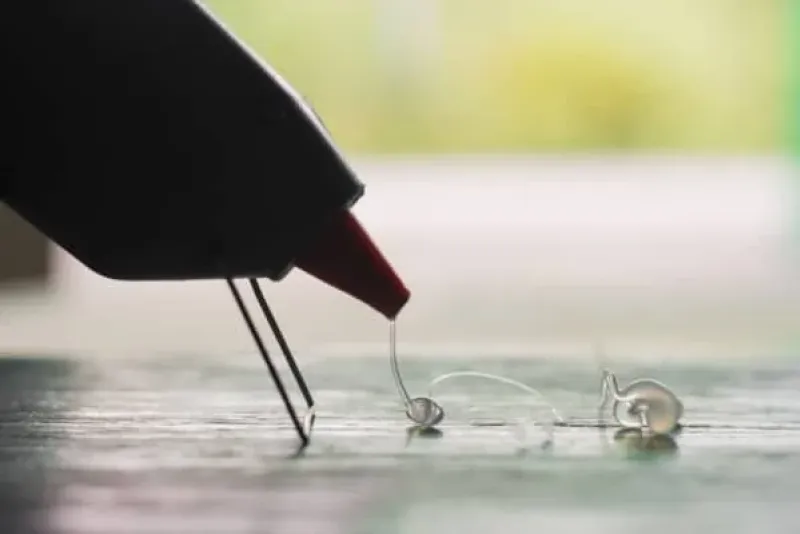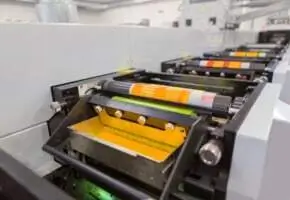Low carbon adhesives for construction
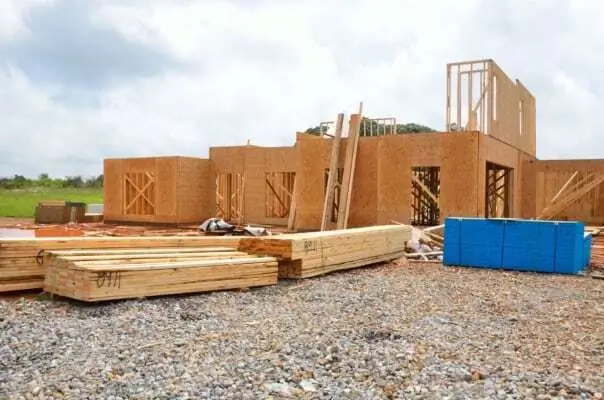
Carbon neutral buildings with low carbon adhesives for construction
In recent years, carbon neutral and low carbon buildings have caught more and more attention. The common trend is shifting towards environmentally friendly solutions, lower carbon dioxide emissions and generally greener buildings. Carbon dioxide emissions are part of every phase of a building's lifespan: manufacturing raw materials, construction, use and demolition. Next to the use phase manufacturing accounts for the largest environmental impact. This is where low carbon adhesives for construction come into the picture. To reduce a building's carbon footprint, low carbon adhesives are applicable on construction timber, windows, door areas and many other applications.
The carbon footprint of construction adhesives
The construction adhesives exist in four groups: water-based dispersions, hot melt thermoplastics, solvent based glues and reaction adhesives. The amount of adhesives used in constructions is rather small compared to most other building materials. However, the carbon footprint of the adhesives contributes to the overall footprint of the building.
Of these four, reaction adhesives have the most negative environmental impact, whereas water-based dispersions have the smallest carbon footprint. Thermoplastic hot melts are often considered a green option, and solvent based glues are thought to have negative impact on the environment. However, surprisingly they share the same size of carbon footprint. Naturally, the actual environmental impact of adhesives is dependent on the product´s formulation and composition. This means that not every solvent based glue has low impact, and that reactive adhesives can also have lower impact.
Eco-friendly buildings with other low carbon materials
Sometimes achieving the smallest carbon footprint requires the use of less environmentally friendly adhesives combined with bio-based building materials. These materials include wood and innovative materials derived from it. In these cases the carbon content of the adhesive is not important as long as the bonds hold without replacing or maintenance for as long as possible.
Different applications of low carbon construction adhesives

Low carbon adhesives for construction are usually water based dispersions, or at least solvent free. They know numerous compositions and formulations, each having a design for a specific application.
Some of the uses of low carbon adhesives for construction include bonding and sealing windows, making stairs as well as laying wall and floor tiles. However, glues also play a role of paramount importance in providing strong and carbon neutral structures, especially in wooden buildings. Timber constructions have been proven to be as strong as concrete and steel but lighter in weight, lower in cost and carbon neutral. Adhesives are suitable for laminating timber enabling beams that are sufficiently strong to be for use in bearing structures.
More information on low carbon glues
As carbon neutral buildings become more and more desired, low carbon adhesives for construction are growing in popularity. In case you wish to gain more information on low carbon possibilities, or are looking for a supplier for your project, click the button below and share your project with us. Our experts are happy to help you find the right adhesive system for your project or product.
What solution are you looking for?
We are specialized in the about adhesives. Need the best products or advice? Then please leave your details and we will get in touch.
